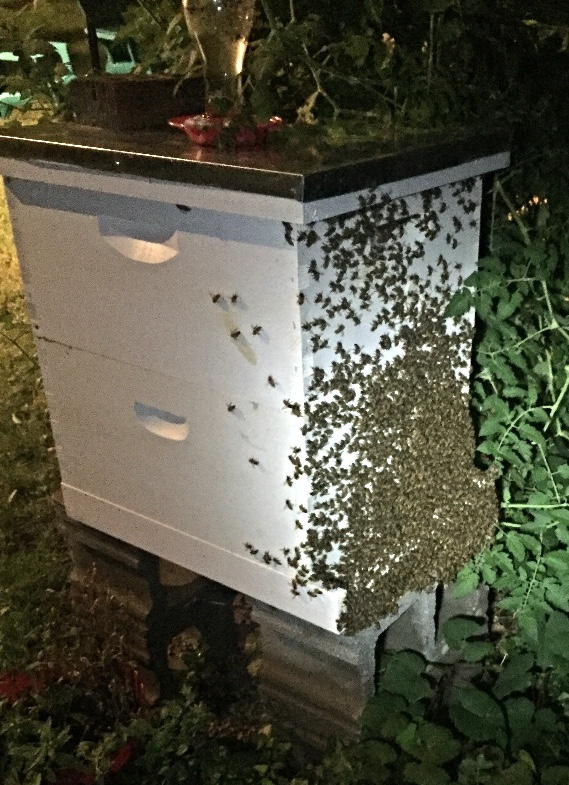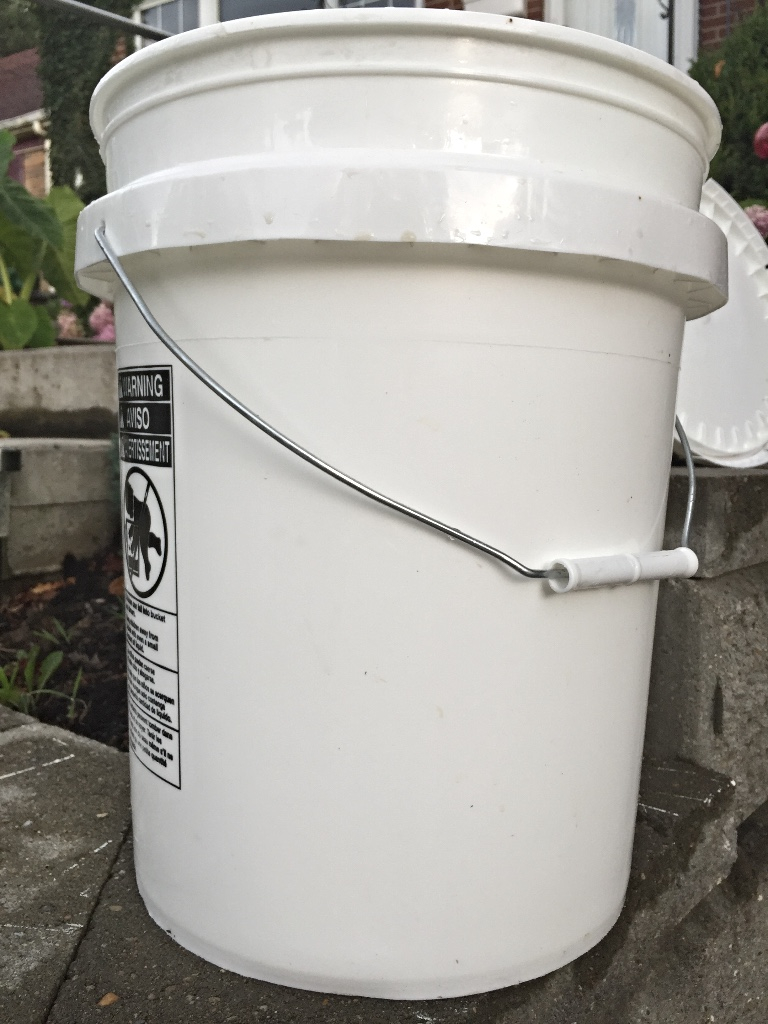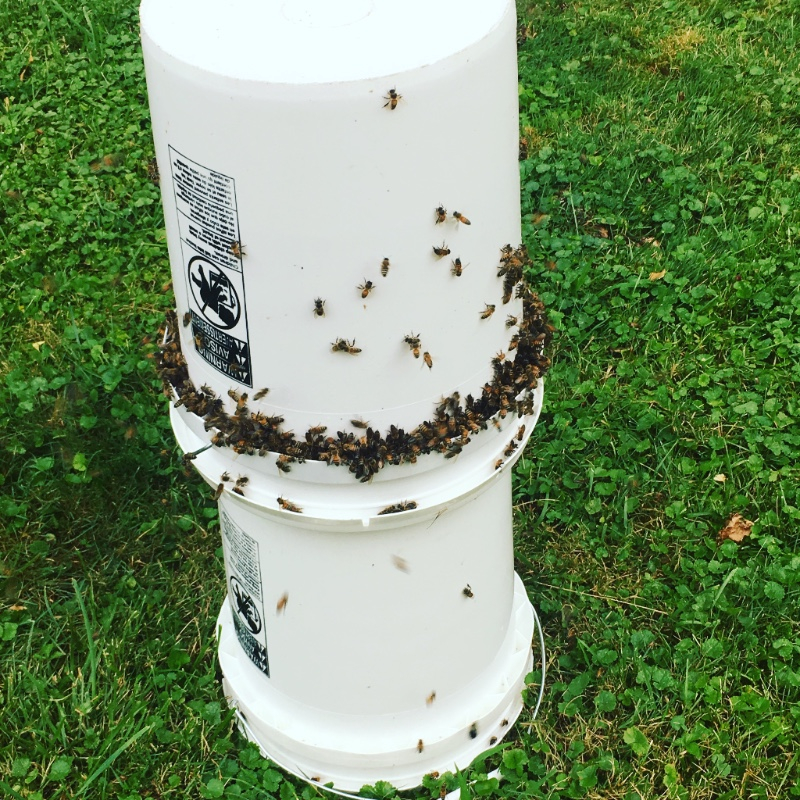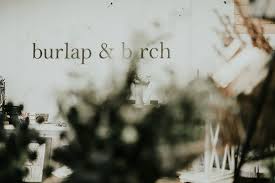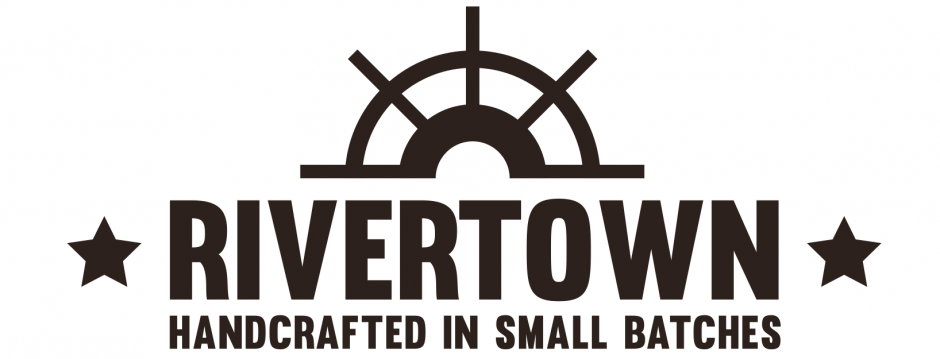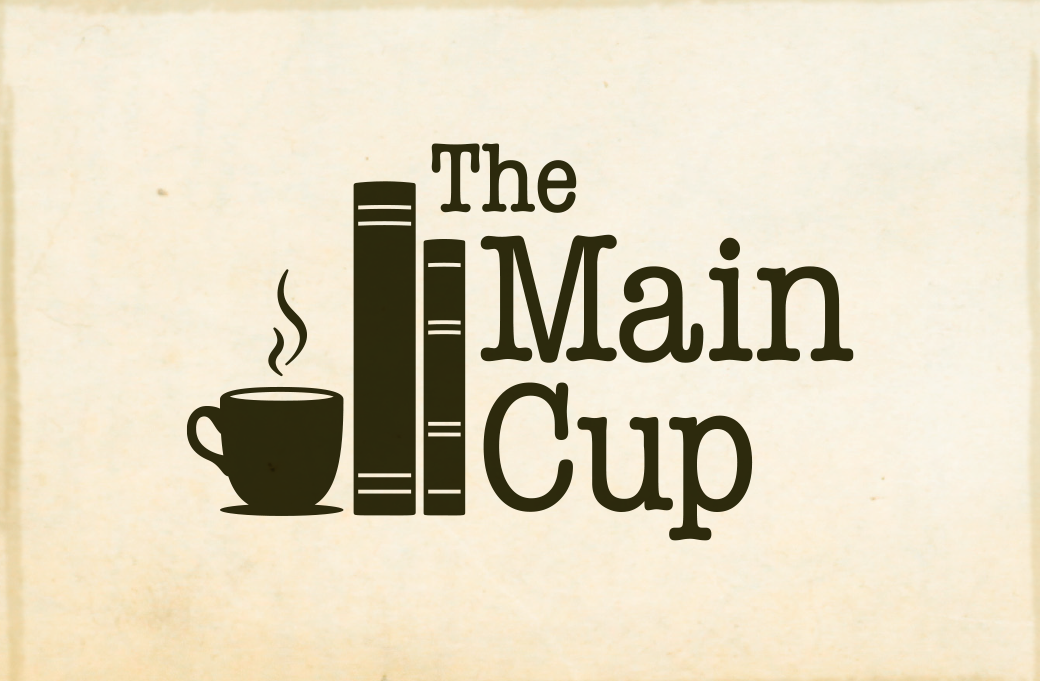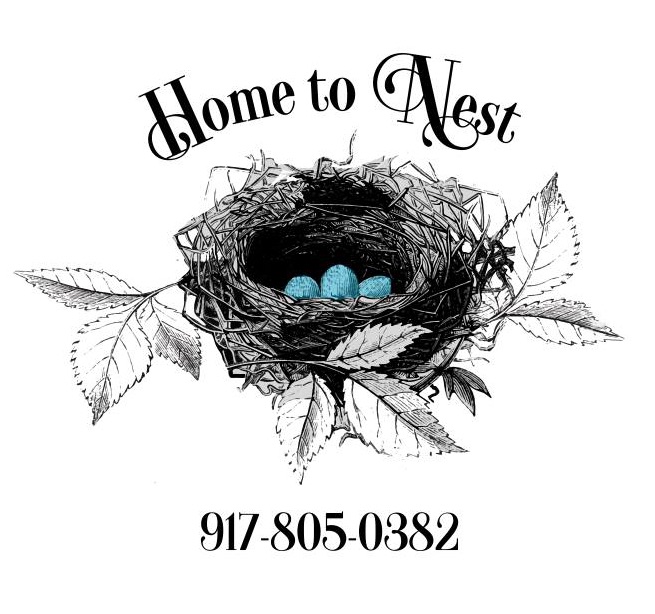Your first thought when you see this photo may be a fearful ..."Umm, what is happening?" But do not worry. What you are seeing is called "bearding".
During the hot months honey bees will cluster on the outside of the hive and the term we use to describe this is bearding . It can be quite frightening in the beginning when you are trying to determine what is going on but no need to fear. This is not only normal but also can be a great sign that you have a strong colony with a large population.
So why do they do this?
Honey bees control the temperature of their hive during warm months by fanning to keep the hive ventilated and maintain it at about 93 degrees. When we enter months with high humidity and high temperatures combined that with high populations, they will begin bearding on the front of the boxes. Over crowding can make it hard to keep the hive ventilated and overheating can be damaging to the brood.
Could this a sign of swarming?
While a swarming hive will happen suddenly and be pouring out of the entrance is large qualities, bearding is very calm and quiet.
What do I do now?
Although bearding is generally a good sign, be sure to check your hive. Do they have enough space? You probably already know the living situation of your honey bees if you monitor them regularly but it is something to think about. Providing more space, like an additional deep or honey supers, will allow for them to continue building and filling comb.
Hope this helps with any concerns you may have about bearding. Feel free to contact us with any other questions or concerns.
Krystle & Cory Gaiser




